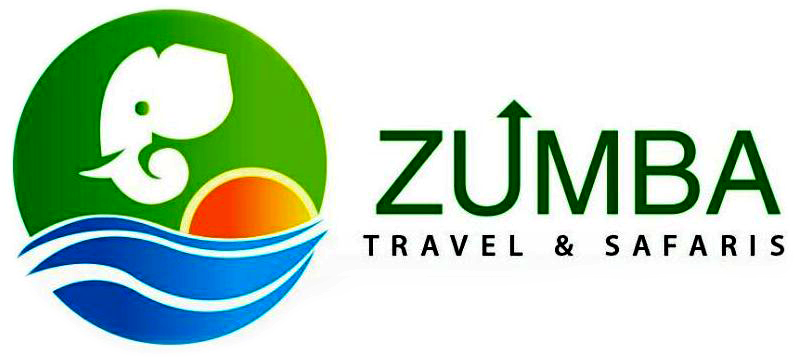Bwindi Impenetrable National Park lies in southwestern Uganda on the edge of the Rift Valley. Its mist-covered hillsides are blanketed by one of Uganda’s oldest and most biologically diverse rain-forests, which dates back over 25,000 years and contains almost 400 species of plants. More famously, this “impenetrable forest” also protects an estimated 320 mountain gorillas – roughly half of the world’s population, including several habituated groups, which can be tracked.
This biologically diverse region also provides shelter to a further 120 mammals, including several primate species such as baboons and chimpanzees, as well as elephants and antelopes. There are around 350 species of birds hosted in this forest, including 23 Albertine Rift endemics.
The neighboring towns of Buhoma and Nkuringo both have an impressive array of luxury lodges, rustic bandas and budget campsites, as well as restaurants, craft stalls and guiding services. Opportunities abound to discover the local Bakiga and Batwa Pygmy cultures through performances, workshops and village walks.
Biodiversity
The park is most recognized for the 340 Bwindi Mountain Gorillas, half of the world’s population of the critically endangered Mountain Gorillas, although it is sanctuary for the chimpanzees, many birds and the colobus monkeys.
This afromontane forest is one of the richest ecosystems in Africa, and the diversity of species is an attribute of the park. The park provides habitat for some 120 species of mammals ten of which are primates and more than 45 small mammal species, 348 species of birds, 220 species of butterflies, 27 species of frogs, chameleons, geckos and many endangered species. In terms of fauna, the Bwindi area is amongst the most diverse forests in East Africa, with more than 1,000 flowering plant species including 163 species of trees and 104 species of ferns. The northern sector which has a lower altitude is rich in species of the Guineo-Congolian flora. These include two species internationally recognised as endangered that is; Brown mahogany (Lovoa swynnertonii) and Brazzeia longipedicellata.
Mountain Gorillas
The park is inhabited by a population of about 340 individuals of Mountain Gorillas (Gorilla beringei beringei), commonly referred to as the Bwindi population, which makes up almost half of all the mountain gorillas remaining in the world. The rest of the worldwide mountain gorilla population is in the nearby Virunga Mountains which is shared by Rwanda, Uganda and Democratic Republic of Congo. The major threat to these mountain gorillas is poaching, habitat loss and disease, however, since 1997; there has been a gradual increase in the mountain gorilla population in Bwindi from 300 individuals to about 340 individuals in 2006.
Recent research has shown that the Bwindi gorilla’s diet is patently higher in fruit than that of the Virunga population, and that the Bwindi gorillas, even silverbacks, are more likely to climb trees to feed on foliage, fruits, and epiphytes. In some months, Bwindi gorilla diet is very similar to that of Bwindi chimpanzees. It was also found that Bwindi gorillas travel further per day, particularly on days when feeding primarily on fruit than when they are feeding on fibrous foods. Additionally, Bwindi gorillas are much more likely to build their nests in trees, nearly always in, a small understory tree.
There are no mountain gorillas recorded in captivity explaining why they are indeed an endangered species with an estimated total population of about 650 individuals.
Tourism
Tourists can visit the park any time throughout the year, although conditions in the park are more difficult during the rainy season. Available tourist accommodation includes lodges notably Lake Mutanda Chameleon Hill Lodge, Clouds Mountain Gorilla Lodge, Gorilla Safari Lodge, all these serve the southern Bwindi with several habituated Gorilla groups, On the side of Ruhija, Gorilla Mist Canmp and Ruhija Gorilla Lodge stand out and on the side of Buhoma Northern side we have Gorilla Forest Camp, Buhoma Lodge, Volcanoes Bwindi Lodge, Engagi Lodge, Gorilla Resort, Mahogany springs, Silver Back lodge and many other budget options. The park is in a remote location, and reaching the park involves a long difficult journey. Roads are in a bad condition. But if driving to the southern Bwindi, the Road from Kampala to Kisoro is all paved and first class. The bad section of the road is only about 35 Kms to the forest.
Gorilla Tracking is the park’s main tourist attraction. Tourists wishing to track gorillas must first obtain a permit to do so. Seek advice from your local Uganda safari operator on selection of the gorilla permits based on which section of Bwindi you would be visiting. Otherwise gorilla permits are purchased at Uganda Wildlife Authority. Selected gorillas families have been habituated to human presence and the number of visitors is tightly controlled to prevent degradation of the habitat and risks to the gorillas. Gorilla Tracking Safaris generate much revenue for Uganda Wildlife Authority and neighboring communities which is crucial for gorilla conservation. The gorillas seldom react to tourists. There are strict rules for tourists to minimize the risk of diseases passing from them to the gorillas.
